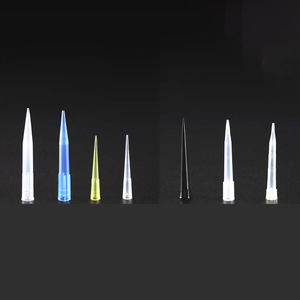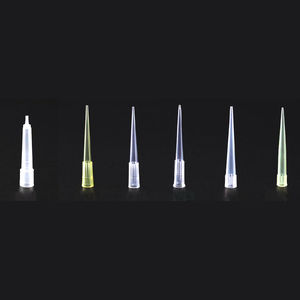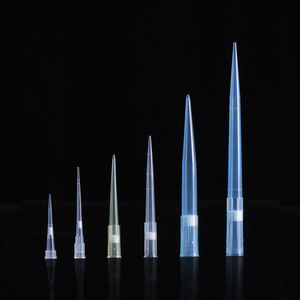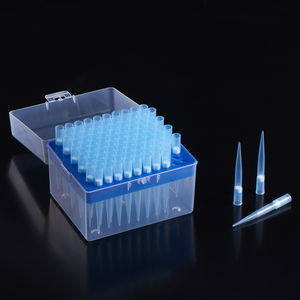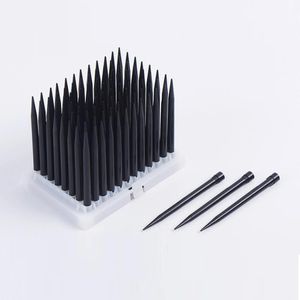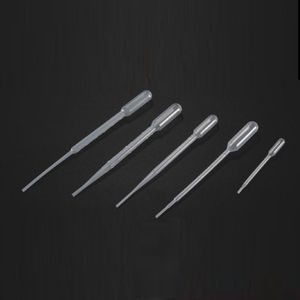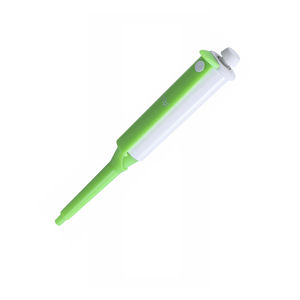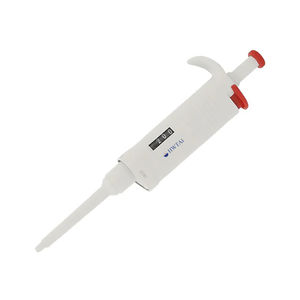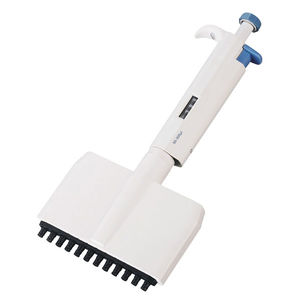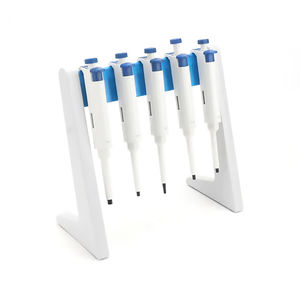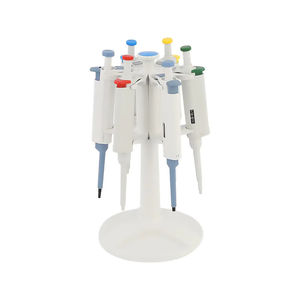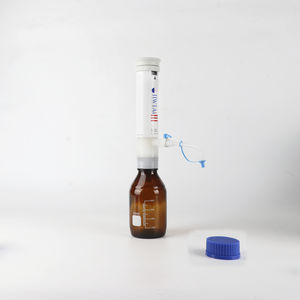
- Company
- Products
- Catalogs
- News & Trends
- Exhibitions
Conductive pipette tip D15

Add to favorites
Compare this product
Characteristics
- Other characteristics
- conductive
Description
Pipette tips are essential tools used in laboratories to accurately measure and transfer liquids. They are designed to fit onto the shaft of a pipette, creating a secure seal to prevent leakage and ensure precise liquid handling. Pipette tips come in various sizes, materials, and types to accommodate different experimental needs.
Introduction
In the world of scientific research, accuracy and precision hold immense importance. Whether you are working in a molecular biology lab, conducting experiments in cell culture, or performing PCR analysis, one crucial tool that ensures the reliable transfer of liquids is the Pipette tip. These small attachments play a vital role in achieving accurate and reproducible results, making them an essential component of any laboratory setting.
Types and Varieties
Pipette tips come in a wide range of types, sizes, and materials, allowing scientists to choose the best fit for their specific experimental needs. The most common material used is polypropylene, which is known for its excellent chemical resistance and compatibility with various sample materials. Low-retention Pipette tips are designed to minimize sample loss or retention on the tip's inner surface, ensuring maximum accuracy while working with precious or viscous solutions.
For applications requiring the filtration of samples, filter or barrier pipette tips are available. These tips incorporate a porous membrane that acts as a barrier, preventing the transfer of aerosols, droplets, or contaminants. Extended length pipette tips are specifically designed for accessing deep vessels or containers without the risk of cross-contamination.
VIDEO
Catalogs
No catalogs are available for this product.
See all of HWTAi‘s catalogsRelated Searches
- Sample tube
- Container
- Laboratory sample tube
- Microtiter plate
- Collection tube
- Sample box
- Cylindrical collection tube
- Laboratory holder
- 96-well microplate
- Blood collection tube
- Laboratory microplate
- Laboratory vial
- Pipette tip
- Pipette
- Waste container
- Tube laboratory rack
- Polypropylene sample tube
- Sampling kit
- Conical test tube
- Laboratory container
*Prices are pre-tax. They exclude delivery charges and customs duties and do not include additional charges for installation or activation options. Prices are indicative only and may vary by country, with changes to the cost of raw materials and exchange rates.


